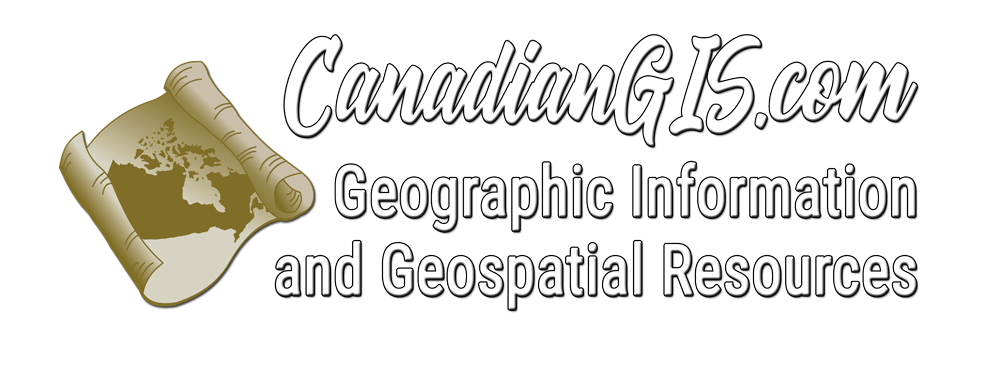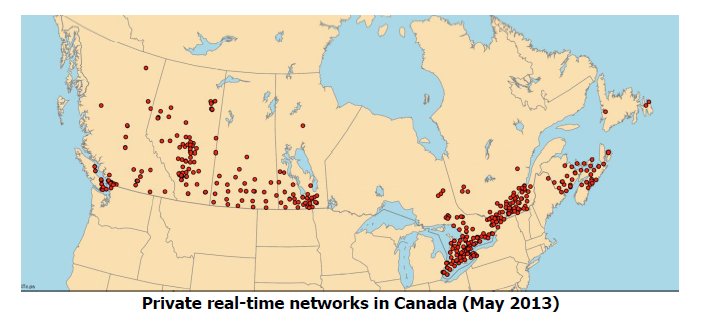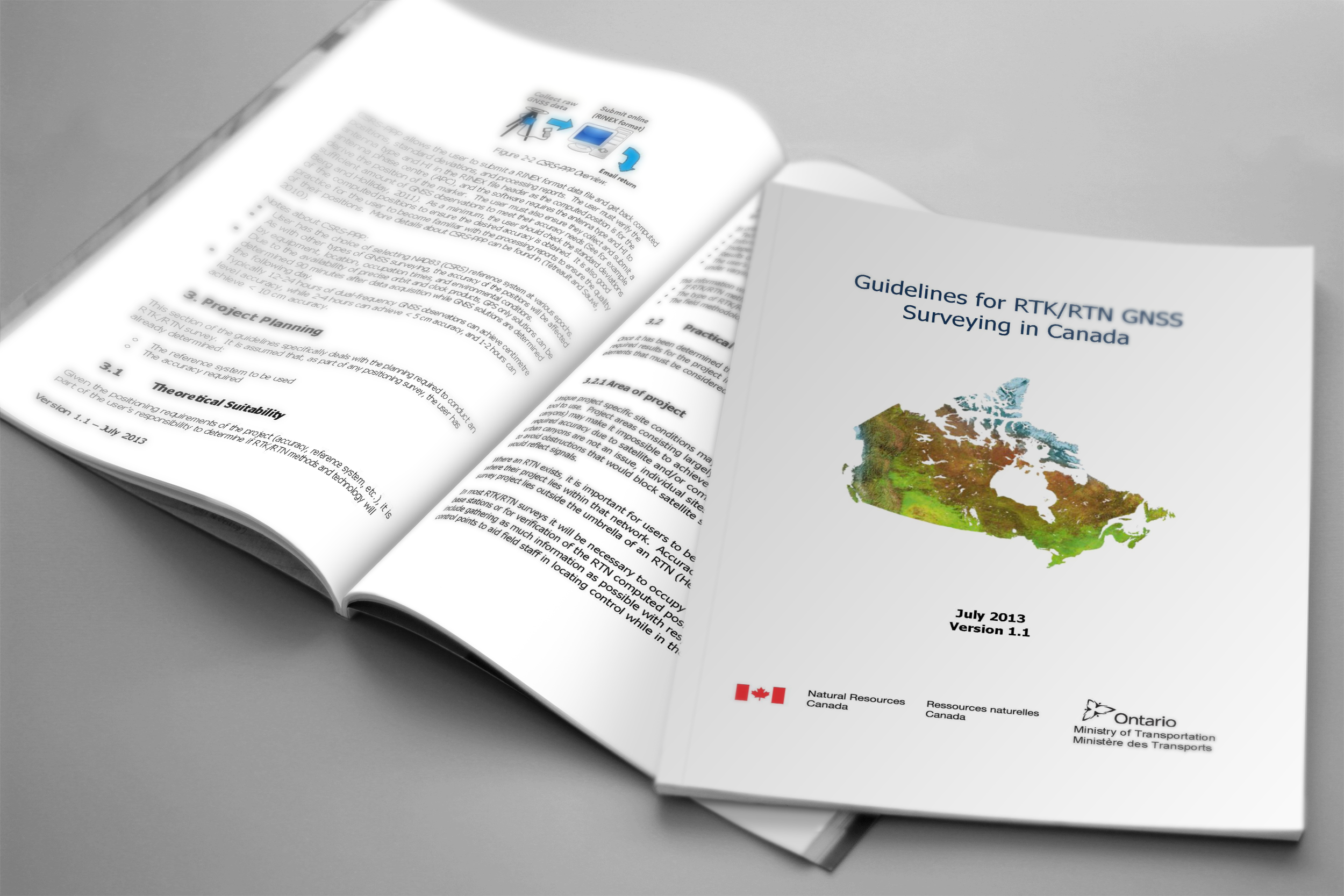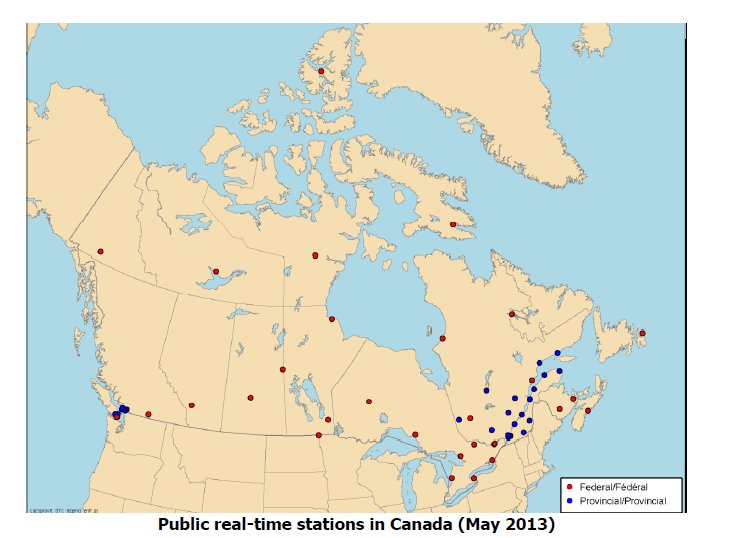Over the past decade Real Time Kinematic, RTK surveying with Global Navigation Satellite Systems (GNSS) has become common practice in geomatics.
RTK surveying is a relative positioning technique which measures positions using two GNSS antennas in real time. One is setup on a static point with fixed coordinates and is known as the base station. It uses a high frequency radio to transmit its raw observations to the second unit (known as the rover) and then the rover uses both observations to compute a position relative to the base location in real-time. RTK surveying requires reliable communication between base and rover units and works best with short baselines as the precision of RTK measurements decreases as the baseline length increases.
Guidelines for Real Time Kinematic – RTK Surveying
Real Time Networks have been developed as a method of extending range limitations between base-to-rover. RTNs make use of a several base stations together to collect GNSS observations that can be used with a rover to compute a position relative to the network solution in real-time. During the last few years more public and private RTNs have been rapidly increasing, providing larger coverage zones (mostly in higher populated regions). However due to the size of Canada and the availability and extent of RTN zones, RTK surveying remains to be the viable option in GPS surveying.











![World Shaded Relief KMZ file [free download] World Shaded Relief Map](https://canadiangis.com/wp-content/uploads/World-Shaded-Relief-Map-1-80x80.jpg)